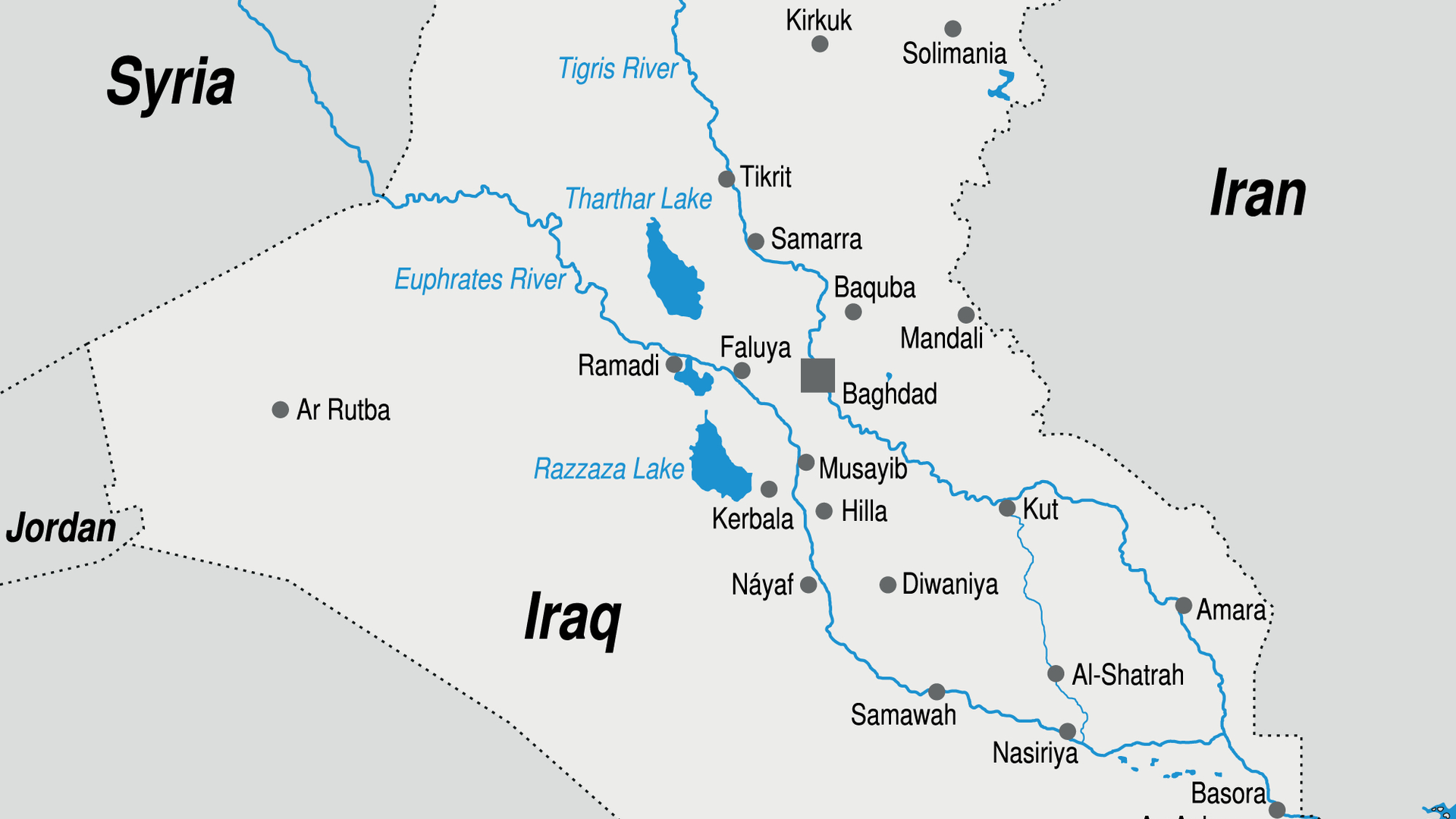Just as the Bible warned, the Euphrates River is drying up. However, unlike supernatural explanations like the Second Coming of Jesus Christ, there is a very real environmental phenomenon driving this problem: chronic droughts and climate change.
The Euphrates River is found alongside the Tigris River winding through present-day Turkey, Syria, and Iraq before emptying into the Persian Gulf. It’s the largest river system in Western Asia with a basin that also spreads into Iran.
The land around these two rivers was historically part of the Fertile Cresent that provided the ideal conditions for settled farming to develop, eventually giving rise to some of the world’s first urban civilizations, such as Mesopotamia.
Although once a fruitful land, the Tigris–Euphrates river system is now drying up at a startling rate. A government report by the Iraqi Ministry of Water Resources in 2021 warned that the rivers could run dry by 2040 due to declining water levels and droughts driven by climate change.
In just a few decades, the flow in the Euphrates-Tigris River system has decreased to almost half of the average annual flow during dry years. Satellite images show that the Tigris and Euphrates River basins had lost 144 cubic kilometers (34 cubic miles) of freshwater from 2003 to 2013, leaving water levels at some of their lowest in recorded history.

A map of the Tigris-Euphrates River Basin in the Middle East.
Image credit: Alejo Miranda/Shutterstock.com
Much of this is tightly linked to the wider climate crisis facing the world. The Middle East is considered to be one of the areas most vulnerable to climate change, which is set to make the region’s problems with water scarcity even worse.
Bad news for the environment means bad news for people. Some 60 million people rely on water from the Euphrates-Tigris River system to sustain their lives, predominately in Turkey and Iraq. Since the 2000s, international cooperation over the management of the Tigris–Euphrates Basin has reportedly stalled, fanning the flames of both local rivalries and geopolitical tensions between beholders of the river system.
This coming century has the potential to witness a number of “water wars” where states and militia groups battle for access to water resources. Mad Max, anyone?
Among the many places across the world where these conflicts are likely to occur, the Tigris-Euphrates complex is one of the most high-stakes, owing to the number of people who live in the region plus the ongoing political instability that persists here.
Along with the risk of conflict and violence, disease is another big concern. An article published in the British Medical Journal in March 2023 investigated how a myriad of health emergencies are brewing in Iraq because people are struggling to get their hands on clean water. This includes a host of water-borne infectious diseases like cholera, as well as chicken pox, measles, and typhoid.
People have fretted over the Tigris–Euphrates drying up since Biblical times. Thousands of years on, maybe those fears might soon become reality.
All “explainer” articles are confirmed by fact checkers to be correct at time of publishing. Text, images, and links may be edited, removed, or added to at a later date to keep information current.
Source Link: Why Is The Euphrates River Drying Up And What Does It Mean?